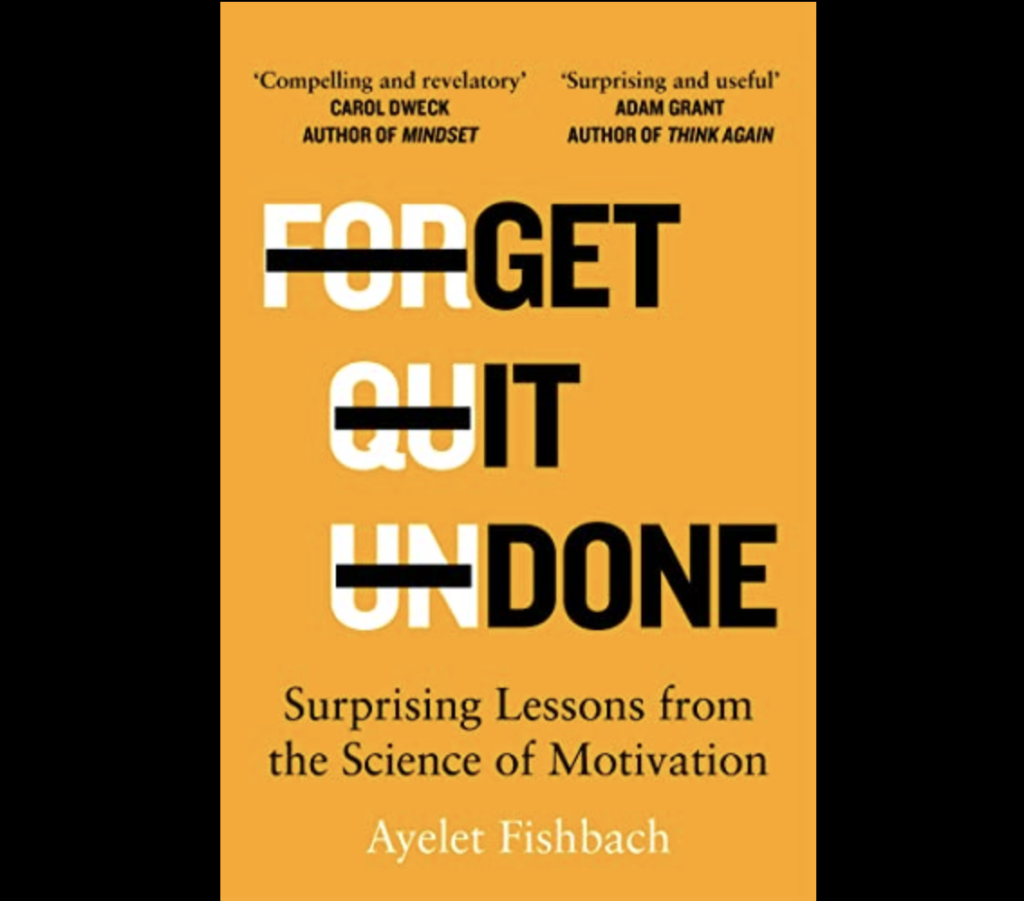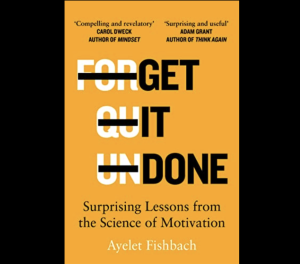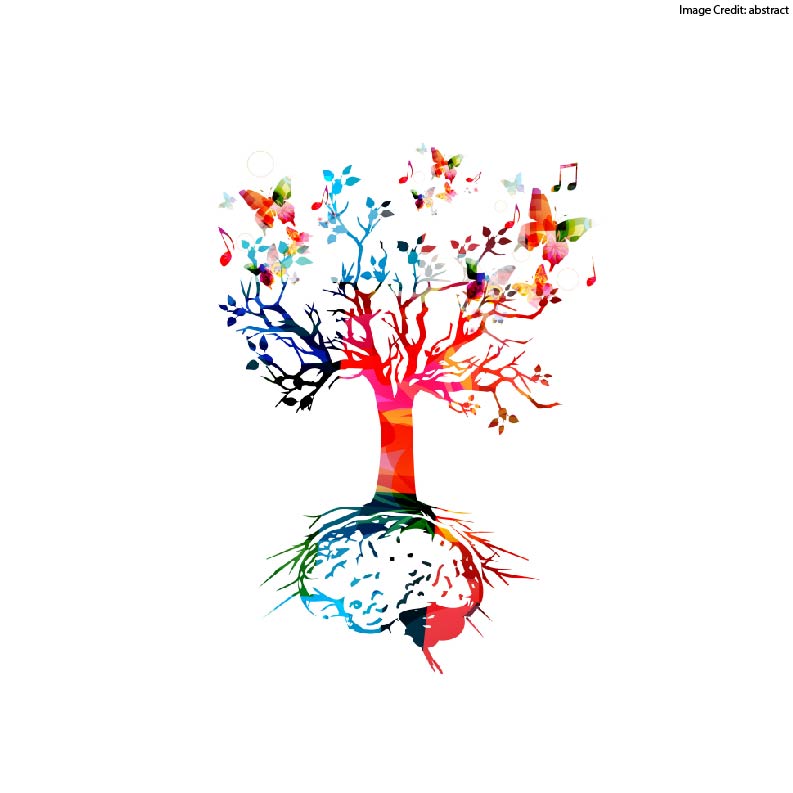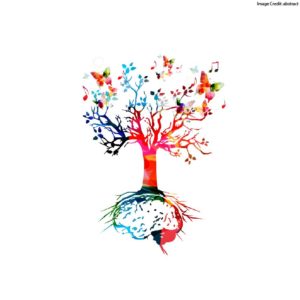The field of education often races to extremes, and the field of Growth Mindset has been an especially good example of this trend.
Back in the 2006 when Carol Dweck published her book, schools rushed to be as Growth Mindset-y as possible. Posters adorned walls; Janelle Monaie made a Sesame Street video reminding children about “the Power of ‘Yet’.”
All those enthusiasts felt quite a shock in 2018, when two mega-meta-analysis crunched all the numbers and found that
a) mindset doesn’t really have much of an effect on academic performance, and
b) all those mindset interventions don’t really do anything anyway.
In some academic quarters, loud praise gave way to ridicule and — in some cases — snark. (The loaded claim that “all the research showing a positive effect was done by Dweck herself” simply isn’t true.)
Since then, competing camps wave conflicting studies to support their pro/anti Growth Mindset position.
I’d like to advocate for an alternative approach. I believe Dr. Dan Willingham said something like this:
“Some studies suggest that a growth mindset helps some students; other studies suggest that creating the conditions to develop and enact that mindset is REALLY TRICKY.
We shouldn’t simply abandon this approach. We should focus our efforts on finding when it does and doesn’t help which students, and how to foster those conditions for them.”
In other words: a growth mindset won’t promptly and easily cure all motivation problems. But let’s try to find where and how and whom it benefits.
With that goal in mind, I want to explore a recent study. My goal is NOT to say “this team is right; that one is wrong.”
Instead, I want to show how this study gives us reasons to be hopeful and curious — but should still not return us to the days of A Poster in Every Classroom.
Best Case Scenario
In this study from 2022, roughly 80 children aged 7-10 had 2 fMRI scans separated by four weeks.
They also filled out a mindset survey, agreeing or disagreeing with statements like “I can get better at math if I work hard to solve problems,” or “people are born smart or not smart, and there’s not much they can do to change that.”
For half of those children – the control group – that was that.
The other children — during the intervening four weeks — went through a specially designed math tutoring program.
This tutoring program emphasized progress and understanding, not simply scores or comparisons to others. If you know from growth mindset, you know the terminology here: the program emphasized “mastery/learning goals,” not “performance goals.”
So, what did the research team find after four weeks?
Several important findings jump out from all the data and charts:
First:
BOTH GROUPS saw an increase in their growth mindset “score.” For instance, they were likelier to disagree with the statement that “people can’t do much to change their math ability.”
However – and this is an important however – the GROUP IN THE TUTORING PROGRAM saw a bigger change. If you think having a growth mindset is good, you’d interpret these data to say that the tutoring group “made more progress.”
In other words: contrary to that big-news meta-analysis from 2018, this study found that — under these conditions — growth mindset training did help students develop more of a growth mindset.
Second:
We care about mindset because it should motivate students to learn more. To say the same thing in different words: if students who do have a growth mindset learn as much as those who don’t, why would we focus so much energy on developing that mindset?
The research team wanted to know if students who had a more of a growth mindset before the tutoring program learning more math during the tutoring program.
The technical answer to this question is: “yup.”
Third:
When the research team compared changes in fMRI scans after four weeks, they found that the changes in growth mindset correlated with specific changes in neural regions and networks.
If you want to get your neuro-geek on: in the scans of children with higher mindset scores, they found
- greater activation at the top of the front of the cingulate cortex (“dorsal ACC”)
- greater activation in the top of the right striatum
- greater activation in the right hippocampus
They also found that changes in the circuitry connecting these regions “emerged as the strongest predictor of growth mindset gains.”
Recapping the Best Case
Yes: we have had reasonable doubts about the importance of mindset. (Reasonable doubts = that 2018 meta-analysis, among other studies.)
But, this study arrives at three striking conclusions:
a) a well-designed math tutoring program can foster a growth mindset,
b) growth mindset before the tutoring program results in greater math learning during that program, and
c) we see brain regions both activating and connecting differently in conjunction with growth mindset self-report.
Even for skeptics, that’s an impressive combination!
Pushing Back
I can see at least two reasons this study isn’t a slam dunk for Team Mindset.
Reason A:
When researchers compare two groups — as they did in this case — we want those groups to be as much alike as possible.
While these groups did resemble each other in lots of important ways (average age, average mindset score, average IQ, etc.), they differed in a crucial one: one group got something; the other group got nothing.
That is: one group received four weeks of tutoring. The control group simply went about “business as usual.”
They did not — for instance — get a different kind of tutoring that did NOT focus on a growth mindset.
We can therefore wonder if these students developed a growth mindset not because they got a special kind of tutoring, but because they got any tutoring. Maybe the tutoring, not the mindset ingredients, made the difference.
Reason B:
If you read this blog often, you know that I’m very wary of people who make strong claims based on neuroscience research.
Lots of people make claims like these: “when teachers do X, students get a hit of oxytocin. So everyone has to X!”
Here’s my argument: until we test X with actual students doing something in actual classrooms, we don’t know whether or not extra oxytocin does anything beneficial in these circumstances. (Yes, someone is ACHING to call oxytocin the “love hormone.” No, it’s really not.)
So, can we think of other reasons these students’ brain structures and networks might have changed?
Here’s a possibility: perhaps their brains responded to extra math tutoring.
Because they had different experiences for four weeks, it’s not wholly shocking that their brains developed differently from those in the control group.
In other words: just because this study includes complicated brain terminology does NOT mean that we must be persuaded by its conclusions. LOTS of people make strong claims about neuroscience; not all of them hold up well.
(To be fair: an earlier study with college students found the dorsal ACC to be an important part of the growth mindset network. This reduplication clearly makes the current neuro-claim more plausible.)
A Final Verdict
Now that I’ve made arguments both championing and questioning this study, you might reasonably want a clear answer.
Rather than provide false certainty, I’ll go a different direction.
As Dan Willingham (I think) said: we’re trying to figure out where, when, and with whom mindset interventions work.
Based on this study, we can say: “it seems likelier that youngsters given a particular kind of tutoring develop more of a growth mindset; it also seems likely that this mindset helps them learn math.”
That’s not a universal claim; it’s quite a narrow one.
To develop a more complete and persuasive understanding, we will need all sorts of incremental steps:
One research group will work with 5th graders in science classes.
Another will focus on the neuroscience of mindset in high-stress situations.
A third will turn its attention to adults who return to school to pursue a second career.
And so on.
Piece by piece, study by study, we will gradually accumulate a clearer mental model. In a few decades, we will probably be saying: “we used to talk about mindset in this crude, outdated, and puzzling way. But now that we understand this mental phenomenon so much better, we know that…”
And the advice that follows will be granular, targeted, and perhaps surprising to us who got our start making mindset posters.
Sisk, V. F., Burgoyne, A. P., Sun, J., Butler, J. L., & Macnamara, B. N. (2018). To what extent and under which circumstances are growth mind-sets important to academic achievement? Two meta-analyses. Psychological science, 29(4), 549-571.
Chen, L., Chang, H., Rudoler, J., Arnardottir, E., Zhang, Y., de Los Angeles, C., & Menon, V. (2022). Cognitive training enhances growth mindset in children through plasticity of cortico-striatal circuits. npj Science of Learning, 7(1), 30.
Mangels, J. A., Butterfield, B., Lamb, J., Good, C., & Dweck, C. S. (2006). Why do beliefs about intelligence influence learning success? A social cognitive neuroscience model. Social cognitive and affective neuroscience, 1(2), 75-86.















![Growing Mindsets in Argentina? [Repost]](https://www.learningandthebrain.com/blog/wp-content/uploads/2019/07/AdobeStock_75977513_Credit-1024x664.jpg)




